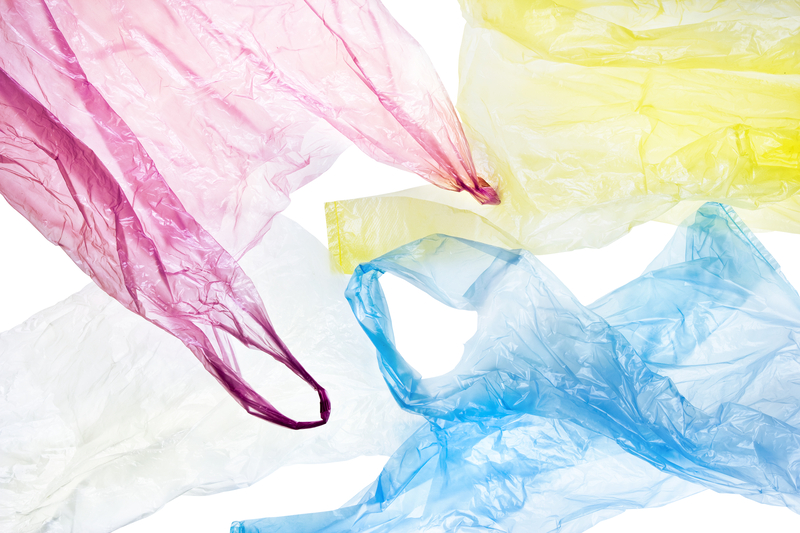Safeguarding Your Health during DIY Waste Disposal Projects
Posted on 18/05/2024
DIY projects are a great way to save money and add a personal touch to your home. From building furniture to renovating rooms, there are endless possibilities for DIY enthusiasts. However, one aspect that is often overlooked in these projects is the proper disposal of waste materials. Improper waste disposal can not only harm the environment but also pose a risk to your health. In this article, we will discuss the potential hazards associated with DIY waste disposal and provide tips on how to safeguard your health during these projects.
The Hazards of Improper Waste Disposal
When it comes to waste disposal, many people do not realize the potential hazards lurking in their own homes. From toxic chemicals to sharp objects, there are various ways that improper handling and disposal of waste can put your health at risk.
One common mistake made during DIY projects is pouring hazardous chemicals down the drain or flushing them down the toilet. This can contaminate the water supply and harm both humans and marine life. In addition, improperly disposing of sharp objects like broken glass or nails can cause serious injuries to both you and sanitation workers.
Furthermore, some household items like batteries and light bulbs contain harmful substances such as mercury which can leak into the environment if not disposed of properly. These substances can pollute water sources and lead to health issues like respiratory problems and neurological disorders.


Tips for Safe Waste Disposal During DIY Projects
Now that we understand the potential dangers of improper waste disposal, here are some tips on how to dispose of waste safely during DIY projects:
1. Separate your waste: Before starting any project, make sure to separate all waste materials into different categories such as recyclables, hazardous materials, and regular trash. This will make it easier for you to dispose of each type appropriately.
2. Read labels carefully: Pay attention to warning labels on products before using them and familiarize yourself with how they should be disposed of properly. Some products may require special disposal methods, and it is important to follow these guidelines to avoid any harm.
3. Use protective gear: When handling waste materials, it is essential to wear protective gear such as gloves, masks, and goggles. This will protect you from coming into direct contact with harmful substances or sharp objects.
4. Dispose of hazardous waste at designated facilities: Many communities have designated facilities for the proper disposal of hazardous materials. Research and locate these facilities in your area and make use of them instead of disposing of these materials in regular household trash.
Takeaways
- Improper waste disposal can harm the environment and pose a risk to your health.
- Hazardous chemicals, sharp objects, and harmful substances can be found in common household waste.
- Always separate waste materials into different categories and follow warning labels carefully.
- Wear protective gear when handling waste materials.
- Dispose of hazardous waste at designated facilities.
In conclusion, while DIY projects can be fun and cost-effective, it is crucial to pay attention to the proper disposal of waste materials. By following these tips for safe waste disposal, not only are you protecting yourself and those around you but also doing your part in preserving the environment. Remember to always prioritize safety over convenience during DIY waste disposal projects.

